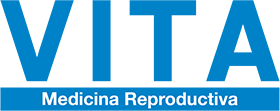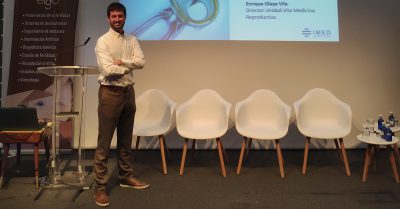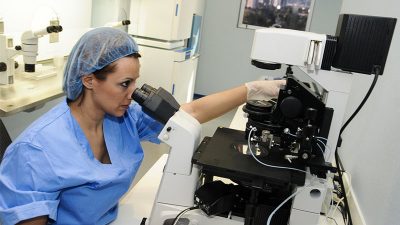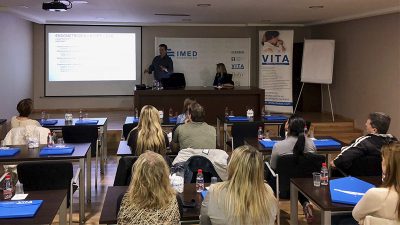ROPA Method: Shared Maternity for female couples

The ROPA method (Reception of Oocytes from the Partner) also known as reciprocal IVF or Shared Motherhood for same sex female couples is an assisted reproduction technique that allows two married women to have a child without having to adopt and to share maternity from the beginning.
One woman in the couple will be the genetic mother and the other woman will be the gestational mother.
What is the ROPA Method?
Once all the studies have been carried out on the couple and it has been verified that they are suitable for the ROPA Method, the menstrual cycles of both women will be synchronized, through the administration of anovulants to the woman who will provide the ovules. The anovulants will then be withdrawn before the start of the ovarian stimulation.
The treatment begins with the ovarian stimulation of the woman who is going to provide the ovules. On the first day of her period she must call her patients’ assistant who will inform her of the exact day to start the injections and the exact medication dose (following the gynecologist’s instructions). The ovaries are stimulated with hormones to produce follicles, so that more oocytes are obtained during the same cycle.
Approximately 5 or 6 days after starting the medication, ultrasound scan controls will be performed to observe the growth of the follicles in the ovaries. These controls will be repeated every 48-72 hours until the follicles reach the appropriate size.
When the follicles have reached the appropriate size and it is considered that there is a sufficient number of oocytes, follicular puncture is performed. In order to retrieve the oocytes, in the operating theater their fluid will be aspirated using a very fine needle under transvaginal ultrasound guidance. It is a simple and fast intervention. The patient will be sedated for approximately 10 minutes.
At the same time the ovarian stimulation of the woman who provides the ovules is being carried out, the endometrial preparation of the woman who is going to gestate is carried out.
To achieve a correct endometrial development of the recipient woman the preparation of the endometrium is done by means of a hormonal treatment that lasts a couple of weeks.
Once the oocytes have been obtained from the woman who provides the eggs, the anonymous sperm bank spermatozoa are prepared. The VITA biomedical team will decide, based on the history and characteristics of the patients, which insemination technique (IVF or ICSI) is the most appropriate.
Through conventional IVF, the retrieved oocytes and the donor sperm are brought into contact in a laboratory dish, and one of the sperm is expected to fertilize the oocyte autonomously.
Through ICSI (intracytoplasmic sperm injection), directly in the laboratory the embryologist introduces a sperm – selected from the donor’s semen sample – inside each oocyte with the help of a micromanipulator and a microneedle.
The embryos that have been correctly fertilized will be kept in the laboratory under observation for several days (between 2 and 5 days). Day by day the division of the embryos into an increasing number of cells will be monitored.
Once the endometrium of the couple’s woman who is going to receive the embryo is prepared, and the embryos are ready in the laboratory, the latter are transferred into the uterus of the recipient woman, using IVF or ICSI, in order to achieve the pregnancy which will then be confirmed by a pregnancy test.
The day after the insemination, future mothers will be informed of the exact number of successfully fertilized oocytes as well as of the evolution of the embryos the following days.
The pregnancy test will be carried out by means of a blood test 13 days after the follicular puncture.
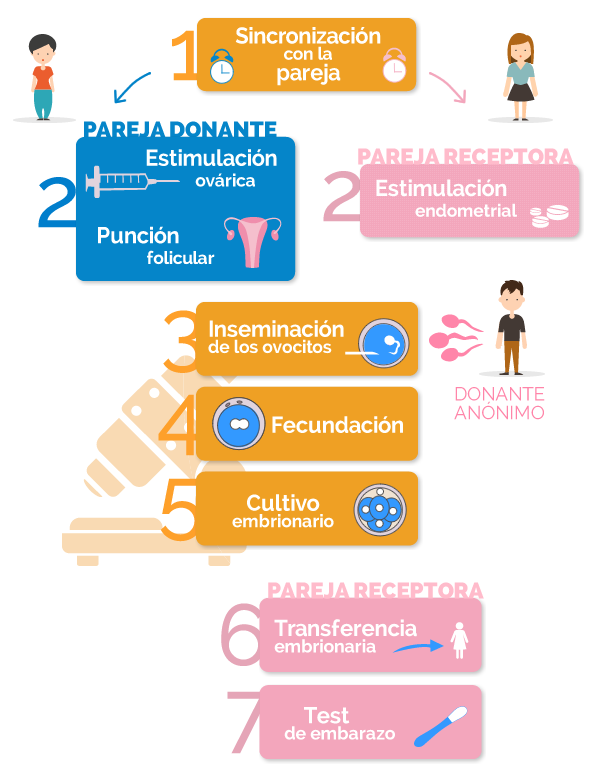
You have the right to be mothers
Our society has advanced in recent decades: the “classic family” model – man, woman and children – has given way to models of heterosexual, homosexual and single-parent families.
It is more and more frequent that couples of homosexual women who want to start a family and can only achieve it thanks to assisted reproduction techniques come to our office. Since 2005, the ROPA method has been legal in Spain so that married lesbian couples can have a child without having to adopt.
According to Spanish legislation, “Any woman over 18 years of age and with full capacity to act may be the recipient or user of the techniques regulated in this Law, regardless of her marital status and sexual orientation.” For legal purposes, the registration of double maternity in the Civil Registry is allowed, so that children born through the ROPA method carried out between a married couple will be children of two mothers for legal purposes, as long as both women are married.
The choice of the semen donor can only be made by the medical-biological team that applies the technique, in no case may it be personally selected by the recipient. At VITA we have a team of specialists in charge of carrying out the semen donor selection process. This strict “Donor Screening” process guarantees the greatest phenotypic and immunological similarity of the available samples with the recipient woman.


